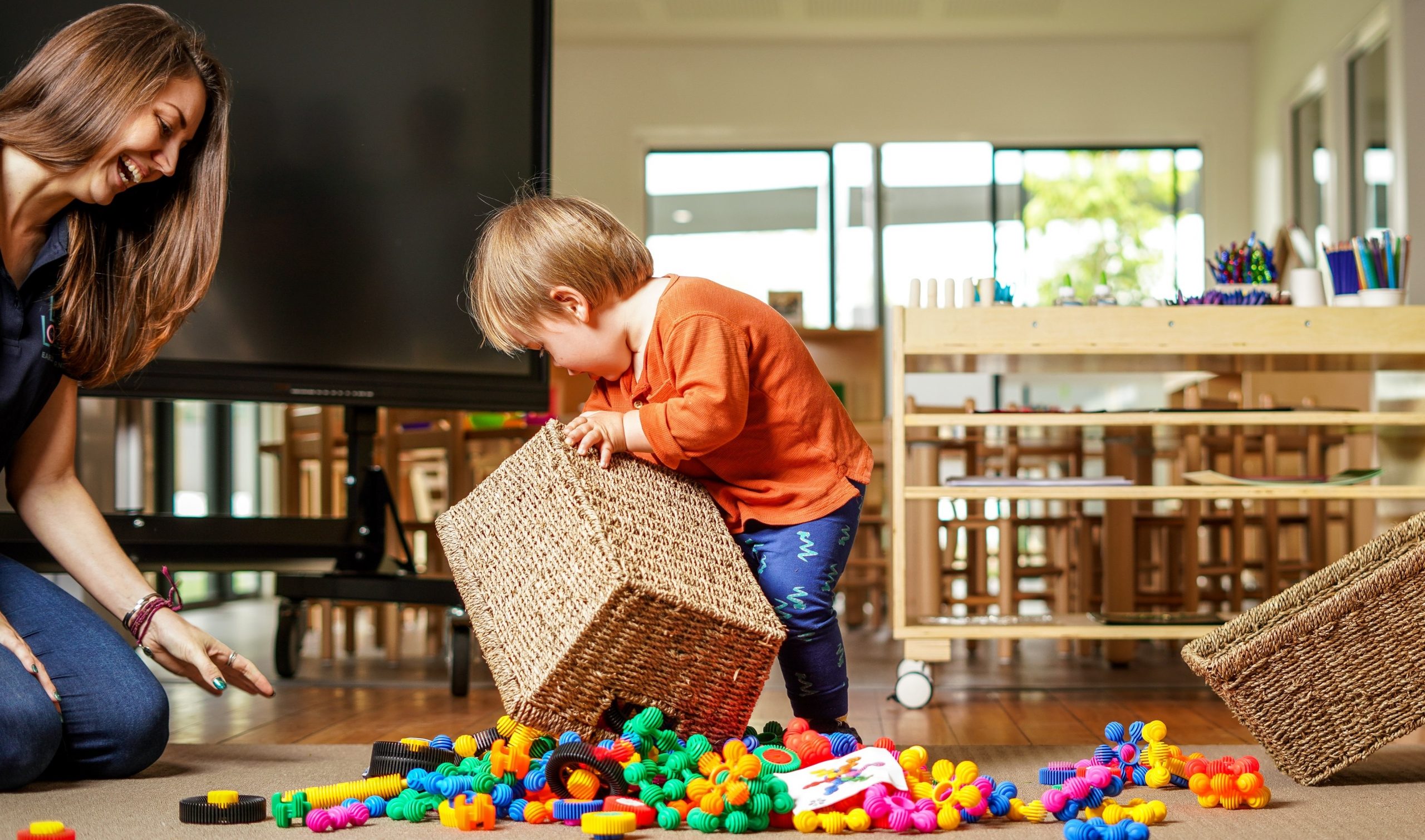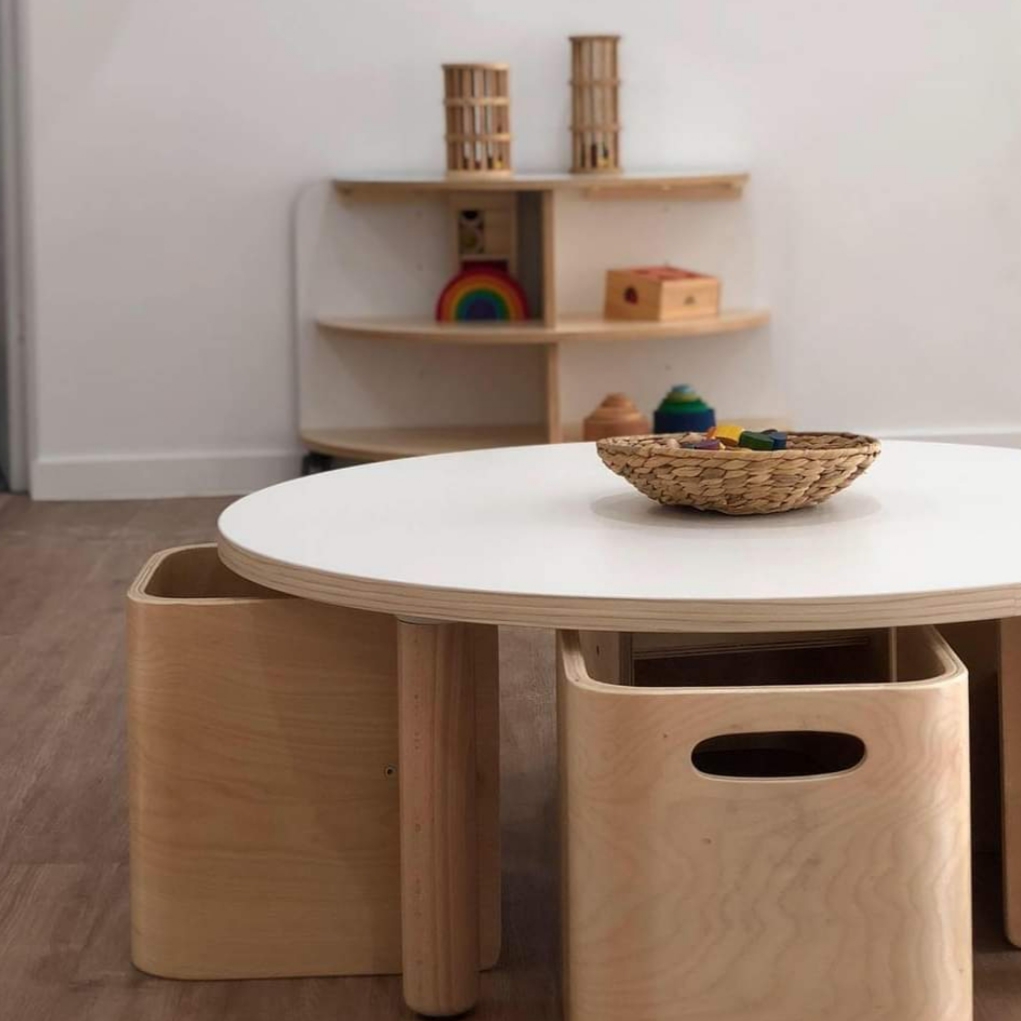
Intentional Teaching Vs Play-based Learning
A mix of teaching styles helps to ensure the needs of all children are met.
It also offers flexibility, providing variety and interest to both educators and children. A combination of intentional teaching and play-based learning offers the perfect balance to develop young minds.
What is intentional teaching and why is it important?
Intentional teaching is vital to provide direction and goal-driven learning in the childcare environment. It ensures that learning objectives can be structured and tracked. Importantly, intentional teaching allows educators to target learning towards the individual child so that nobody is left behind in reaching their potential.
Australia’s National Quality Standards include the implementation of intentional teaching.
Intentional teaching practice involves:
- Being thoughtful, purposeful and deliberate in decisions and actions.
- Inviting children to share their interests and ideas, identifying opportunities and building on interests that educators observe.
- Recognising that children’s learning occurs in social contexts and to support their learning through social interactions with a range of partners.
- Having an awareness of your own teaching approaches.
- Actively planning and acting with specific goals or outcomes for children’s learning in mind.
- Making the most of daily interactions and capitalising on learning opportunities. This will often involve more spontaneous teaching, which can still be intentional, just unplanned.
Examples include:
- Breaking learning into chunks (through scaffolding) so children can build on their skills.
- Encouraging children to ask questions.
- Development of independence through daily routines.
- Observe changes in the outdoor play area after a rain shower (this is also an example of spontaneous teaching).
The role of play-based learning
Play-based learning involves less structure or direction from educators, allowing children to naturally explore and learn about the world around them. Play-based learning encourages the development of imagination, curiosity, enthusiasm and persistence.
The main benefit of play-based learning is that it opens up learning opportunities that cannot be replicated through rote learning. Children will be more engaged with the learning if they are naturally drawn to the activity.
Through play-based learning:
- A children’s natural sense of enquiry and discovery encourages them to explore their world.
- Educators can play an important role in knowing each individual child well so they can guide them to what will interest them.
- Children develop social skills, motivation to learn, and even language and numeracy skills.
- Taking initiative, focused attention and curiosity about the world are all a part of play.
Educators have a less active role but can still assist and guide the play. Examples include:
- Water-based play (e.g. children fill and empty containers) under a watchful eye.
- Provide dress-up items.
- Play music to encourage dancing.
While play-based learning is enjoyable and also incredibly important, the addition of intentional teaching ensures that formal progress is possible for every child to extend and maximise their learning. It also prepares them for their world beyond early childhood education when they will go on to formal learning at school.
For early childhood resources to complement both intentional teaching and play-based learning, contact Step4 on 1300 720 353 or visit https://step4.com.au.











